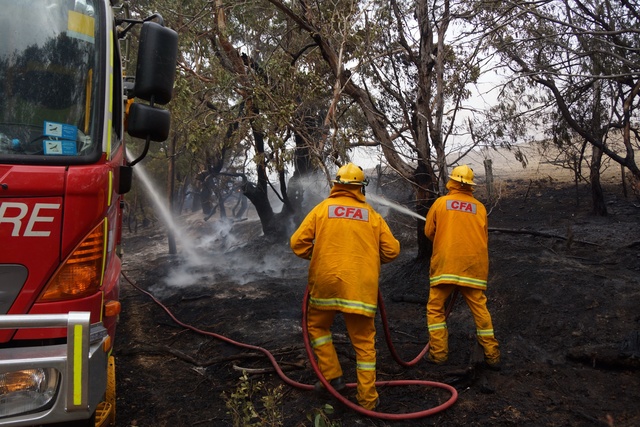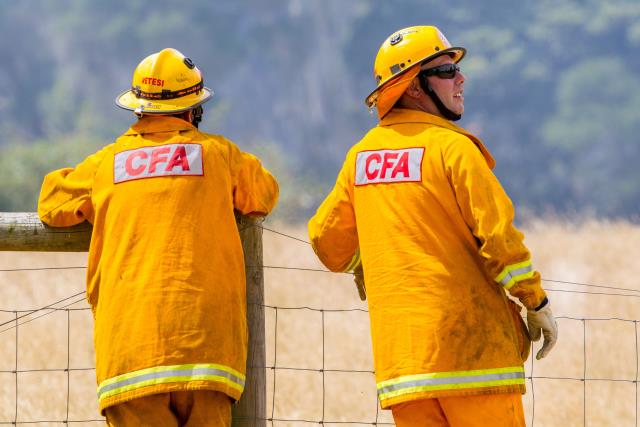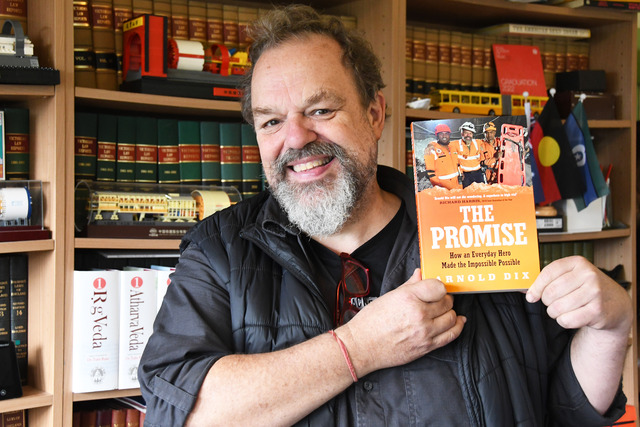POOR public toilets may be flushed from Knox if a draft plan comes to fruition.
Knox City Council is seeking public comment on its draft Public Toilet Plan which aims to improve the image and effectiveness of its facilities.
The plan provides a program of works over a three-year period at a cost of almost $2.4 million and outlines a funding strategy to deliver the program.
Scott Ward councillor David Cooper said Knox people had consistently voted public toilets bottom of the list in annual customer satisfaction surveys.
“The draft Public Toilet Plan has been formulated to better understand the issues that led to this dissatisfaction and to implement an improvement program to positively address the issues and improve levels of community satisfaction,” Cr Cooper said.
The council provides 59 public toilets across Knox, located among shopping centres and within recreational reserves.
Cr Cooper said toilets located in public and commercial settings needed to be safe and facilities generally had to be well located and designed and effectively managed.
The council will also develop a program to upgrade disabled access provisions as part of the plan.
During each upgrade, the council will also take the opportunity to include environmentally sustainable initiatives.
Key environmental measures may include dual flush cisterns, spring-loaded taps in high-use facilities, natural light and ventilation and use of waterless urinals, storm water or grey water for flushing and light-sensitive switches to control lighting.
But the council’s attempts to address shortcomings were not enough to impress Knox Environment Society president Darren Wallace.
Mr Wallace has campaigned for better facilities as a member of the committee for Bayswater and has accused the council of being too slow to commit to water and energy saving initiatives.
“There’s no doubt public toilet facilities in Knox are in a very poor state but all this plan does is demonstrate the severity of the situation,” he said. “Toilets have been allowed to deteriorate to the point where significant expenditure is needed and $2 million is not going to be found easily.”
Council push to clean up public toilet image
Digital Editions
-

Fire Danger Period declared for Outer East, starts Monday 29 December
Fire restrictions will be in force across the whole state soon with the final Fire Danger Period (FDP) declared for the Yarra Ranges, Knox, Maroondah…





